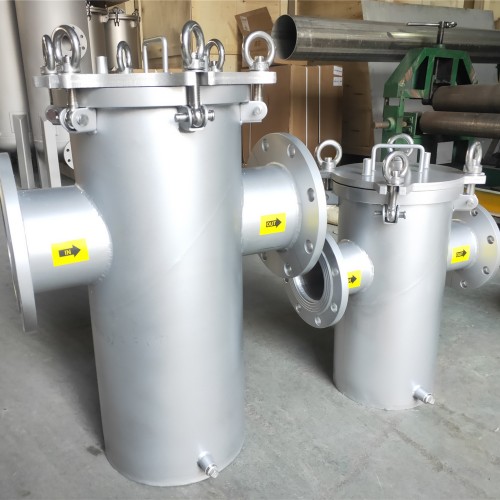pipe fittings valves
Understanding Pipe Fittings and Valves Essential Components in Piping Systems
Pipe fittings and valves are critical components in various piping systems used across industries such as plumbing, oil and gas, chemical manufacturing, and construction. They play an essential role in controlling the flow of fluids, ensuring the integrity of piping networks, and facilitating maintenance operations. This article explores the different types of pipe fittings and valves, their applications, and their importance in effective fluid management.
What Are Pipe Fittings?
Pipe fittings are devices that connect sections of pipe or tubing, allowing for changes in direction, diameter, or flow. They are available in various shapes, sizes, and materials to accommodate different industrial requirements. Common types of pipe fittings include
1. Elbows These fittings allow for bending pipes at various angles, typically 45 or 90 degrees. They enable the connection of pipes in different directions, making them essential for redirecting flow.
2. Tees Shaped like the letter T, these fittings allow for the branching of one pipe into two, facilitating a junction in fluid transportation.
3. Couplings and Unions These fittings connect straight sections of pipe, with couplings being permanent and unions providing a removable connection for maintenance.
5. Caps and Plugs These fittings seal the ends of pipes, preventing fluid escape and maintaining system integrity.
pipe fittings valves

Valves Controlling Fluid Flow
Valves are mechanical devices that regulate, direct, or control the flow of fluids within a piping system. They are crucial for managing pressure, preventing backflow, and ensuring safety. Major types of valves include
1. Gate Valves These valves are used for on/off control. When fully opened, they provide minimal resistance to flow, making them ideal for use in large pipe systems.
2. Ball Valves Known for their durability and quick operation, ball valves consist of a hollow, perforated sphere that can control flow with a 90-degree turn. They are commonly used in applications requiring tight sealing.
3. Check Valves These valves allow fluid to flow in one direction only, preventing backflow and protecting equipment from damage.
4. Globe Valves Designed for regulating flow, these valves offer more precise control but may create more resistance than ball or gate valves.
5. Butterfly Valves Featuring a rotating disc, butterfly valves are compact and lightweight, making them suitable for situations where space is limited.
Conclusion
Both pipe fittings and valves are indispensable components of piping systems, serving unique functions that enhance the efficiency and safety of fluid transport and management. Understanding their types and applications helps industries design and maintain effective systems that meet specific needs. Whether in residential plumbing or complex industrial processes, the right selection of pipe fittings and valves is key to ensuring optimal performance and reliability in fluid handling.
-
Top-Quality Pipe and Pipe Fittings for Reliable Fluid SystemsNewsAug.28,2025
-
Reliable Slip On Flange Manufacturer for Industrial ExcellenceNewsAug.28,2025
-
Premium Rubber Expansion Joints for Piping SystemsNewsAug.28,2025
-
Premium Electric Actuators for Smart Automation SolutionsNewsAug.28,2025
-
Innovative Flange Solutions for Modern Plumbing NeedsNewsAug.28,2025
-
High-Performance Exhaust Valves for Efficient Fluid SystemsNewsAug.28,2025
-
Buy WCB Gate Valve: Robust & Reliable Industrial SolutionNewsAug.28,2025




